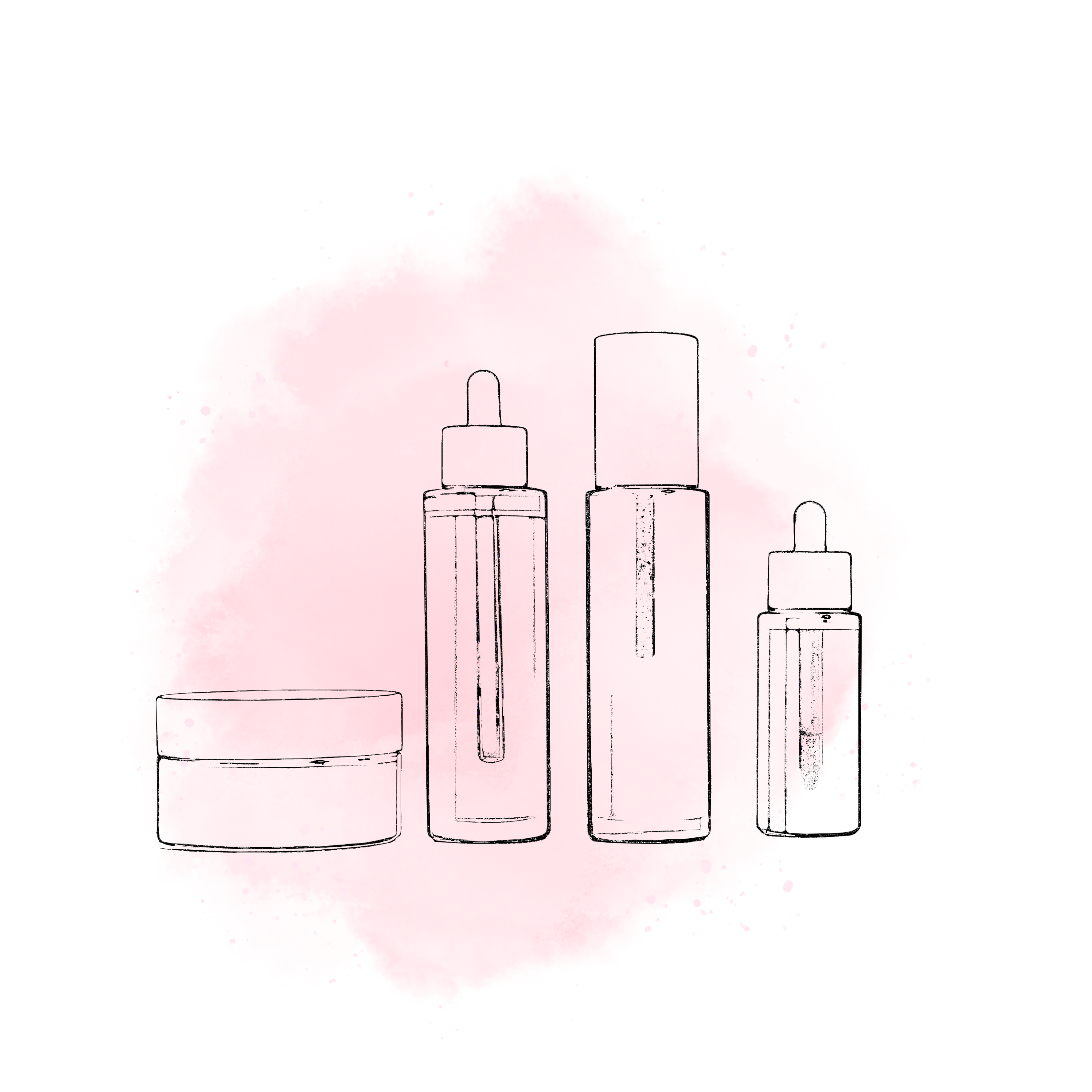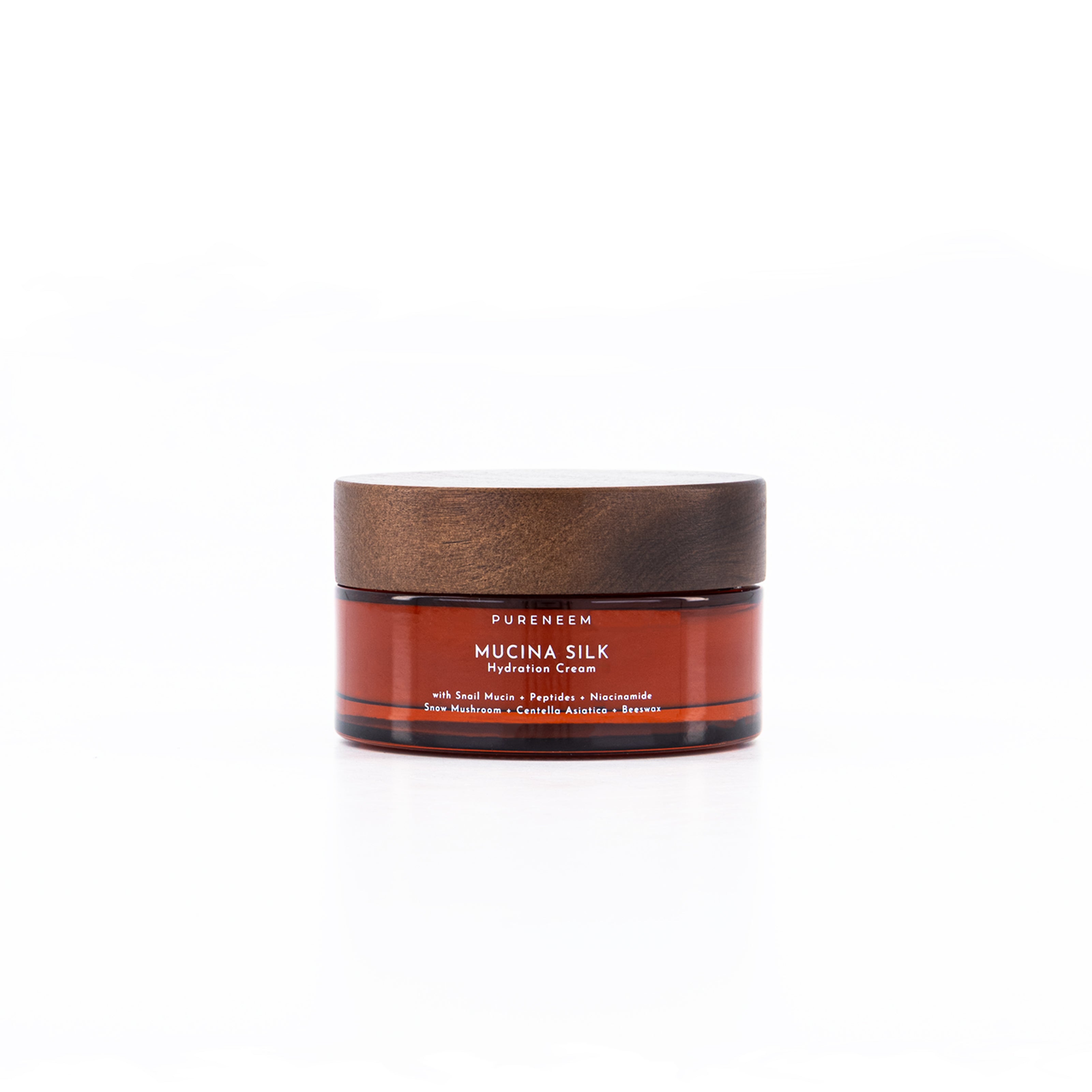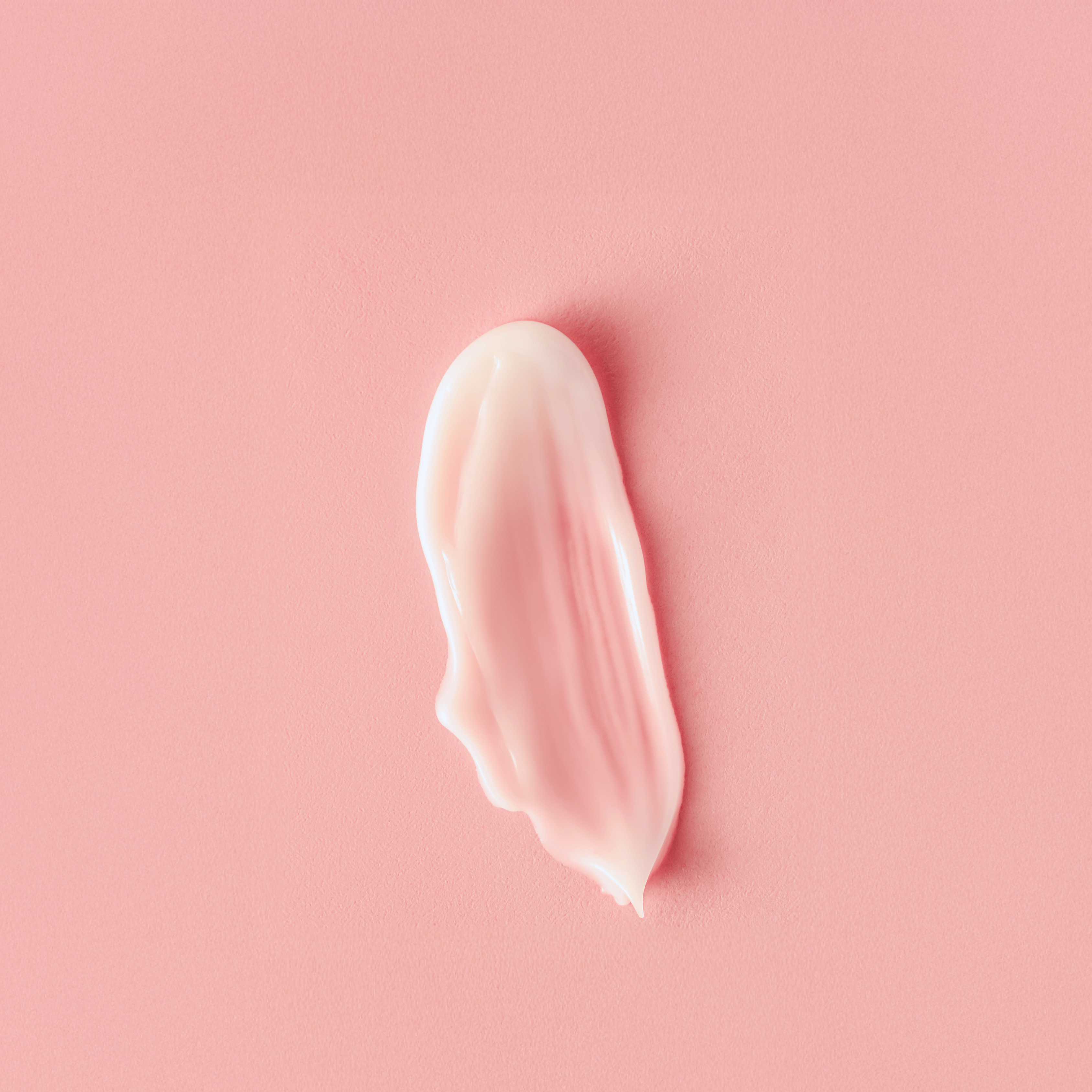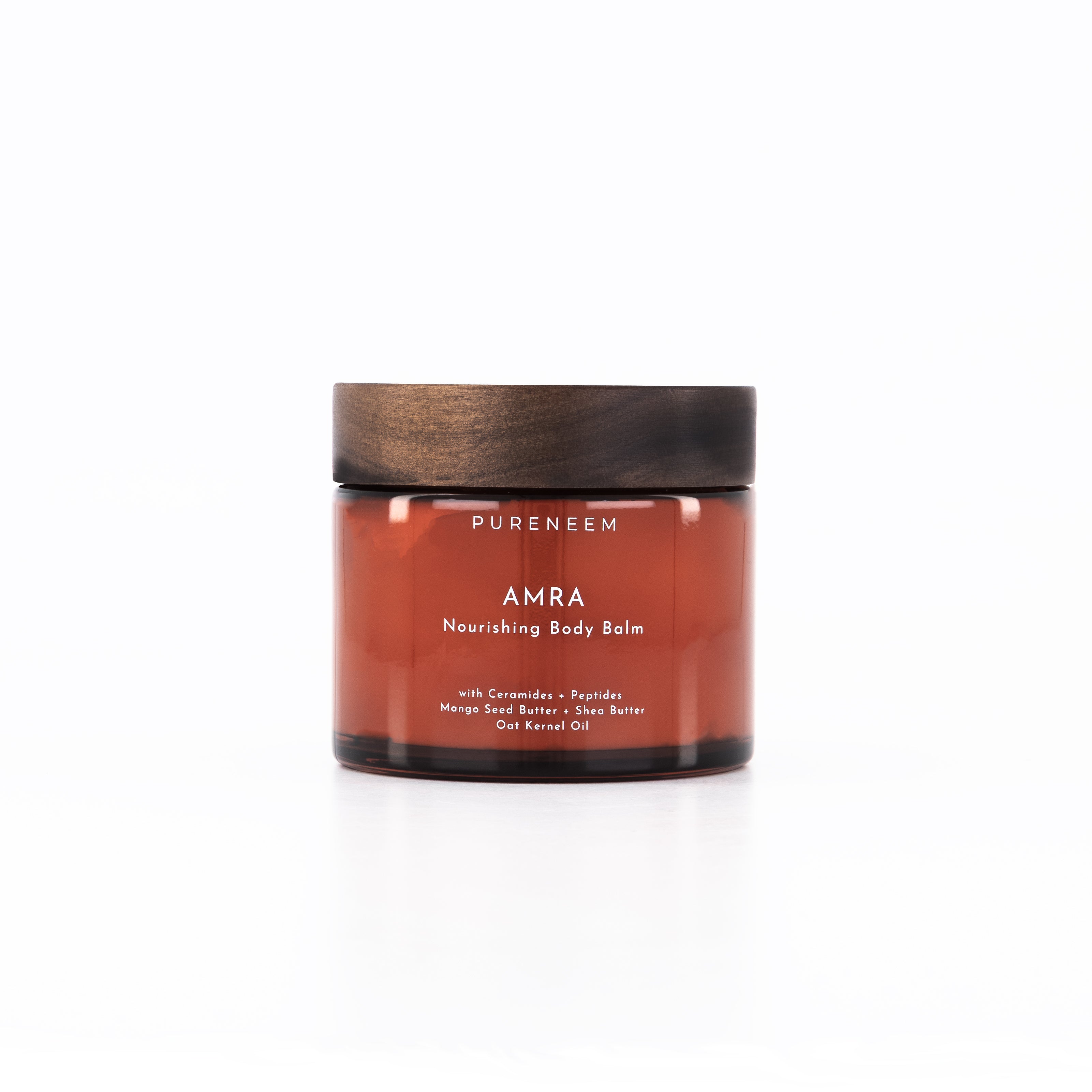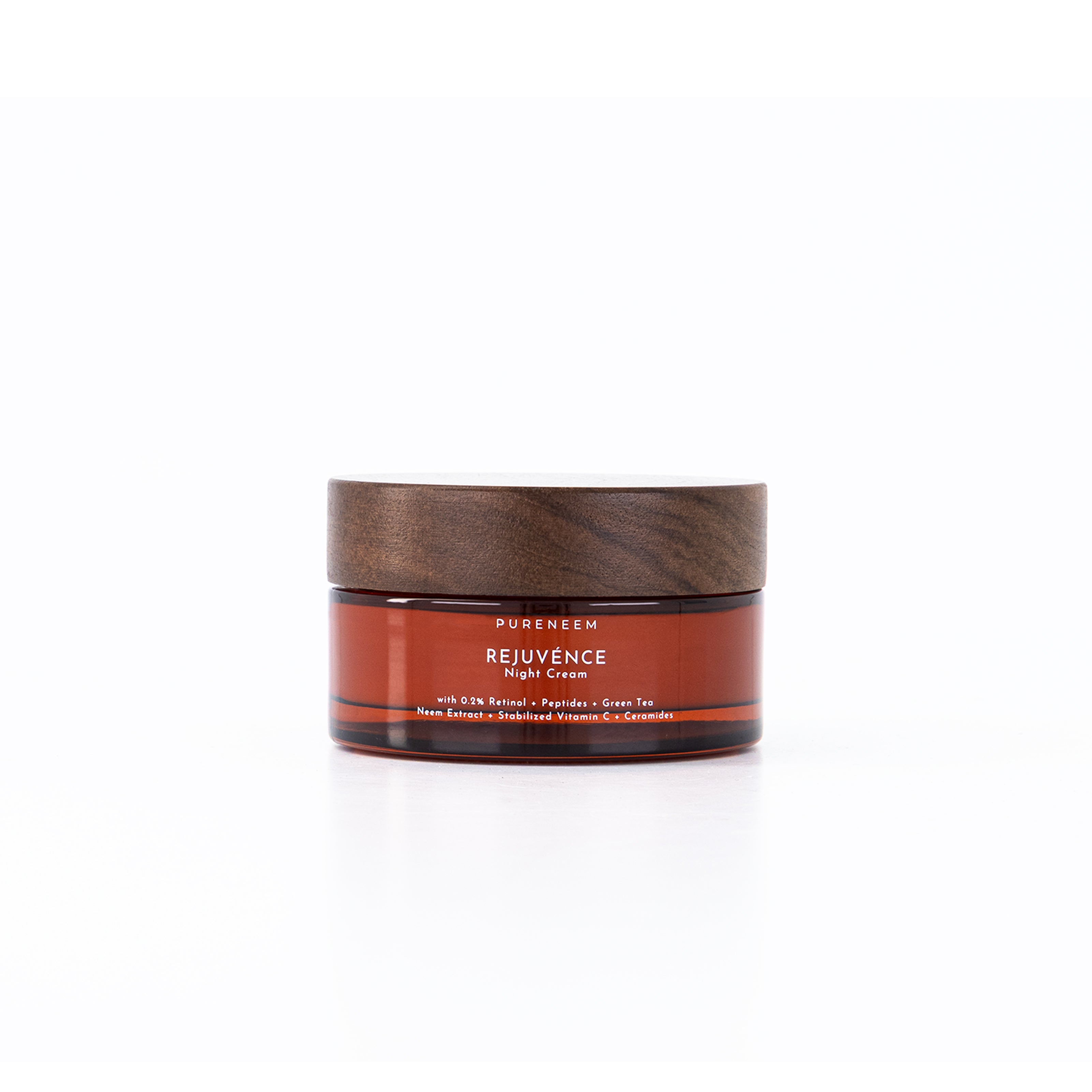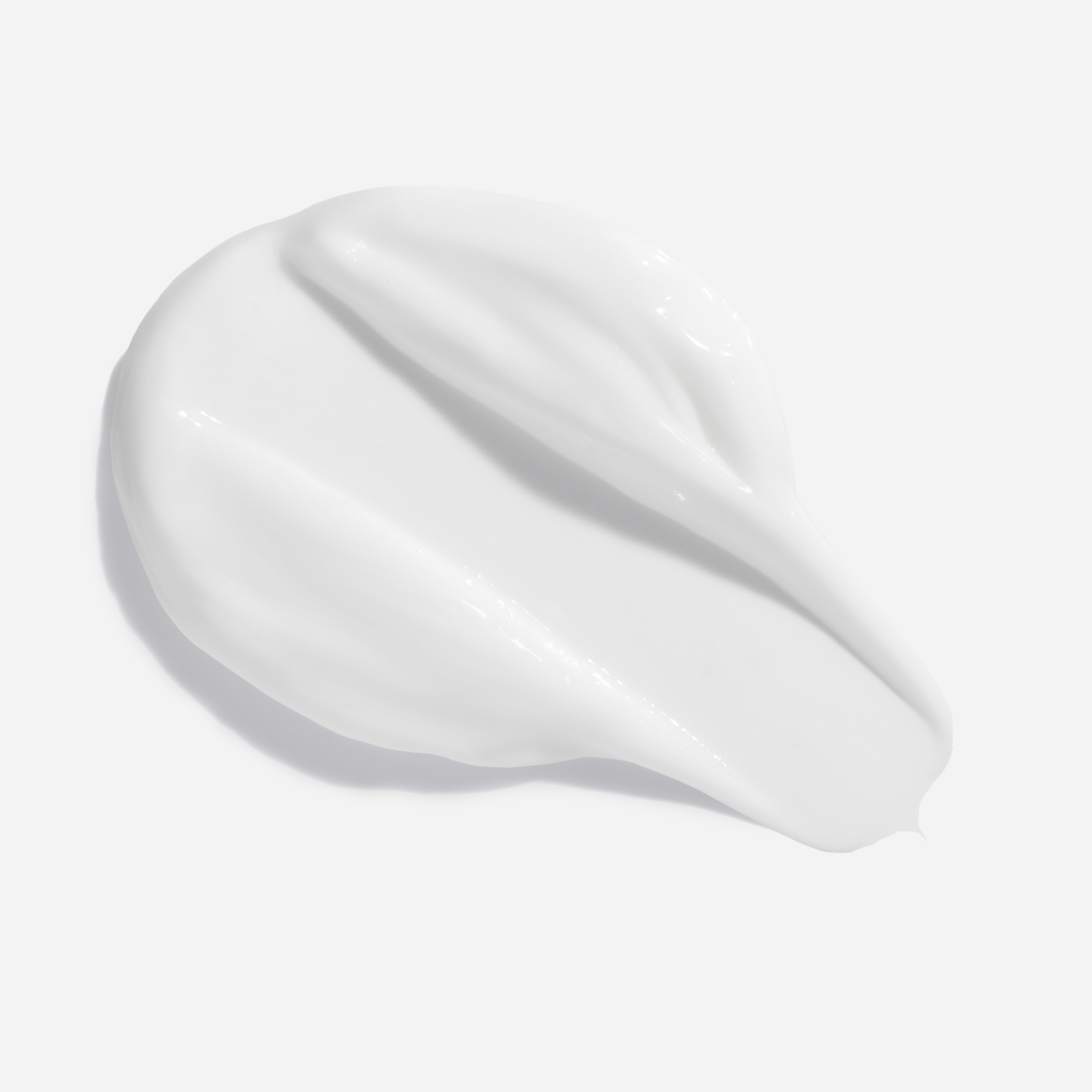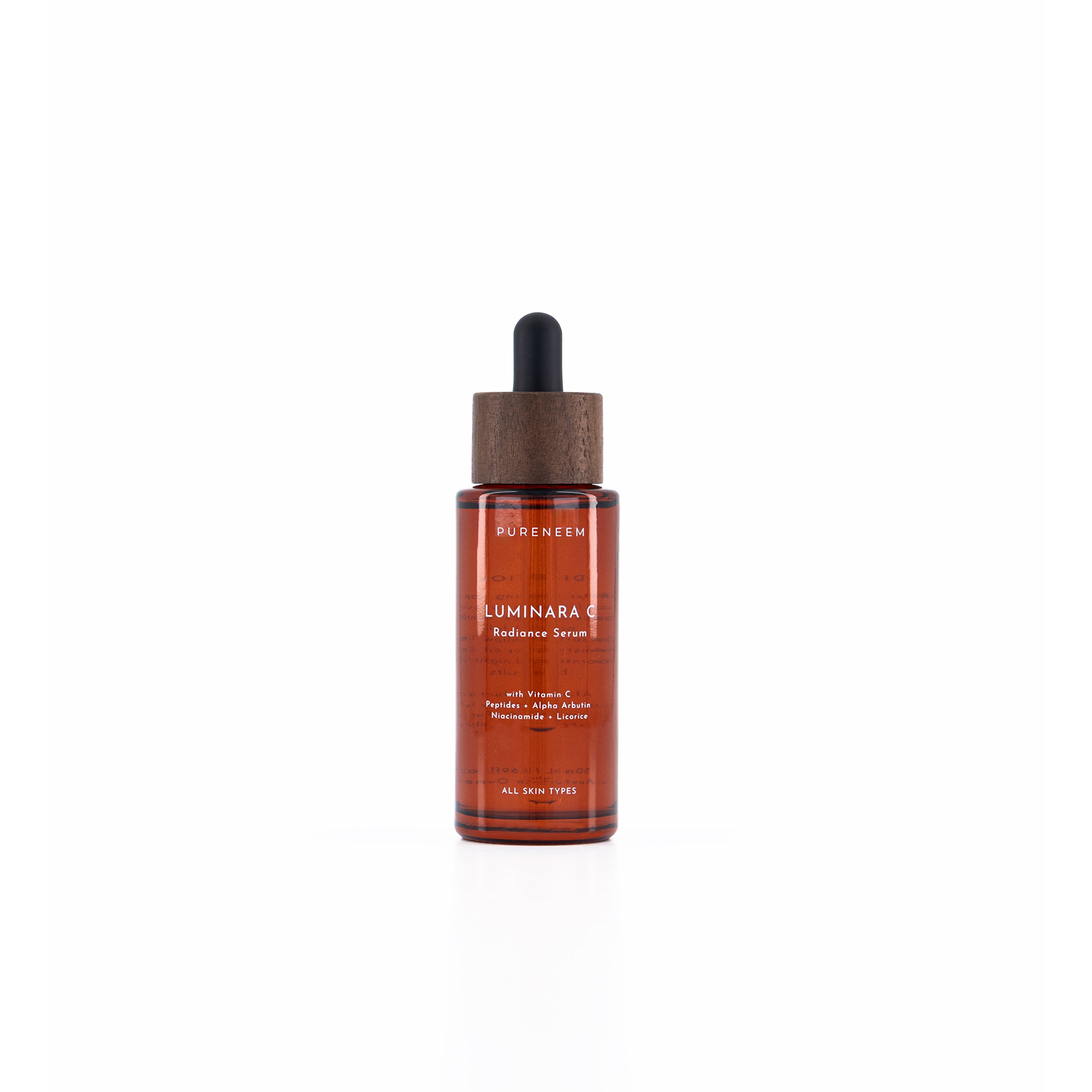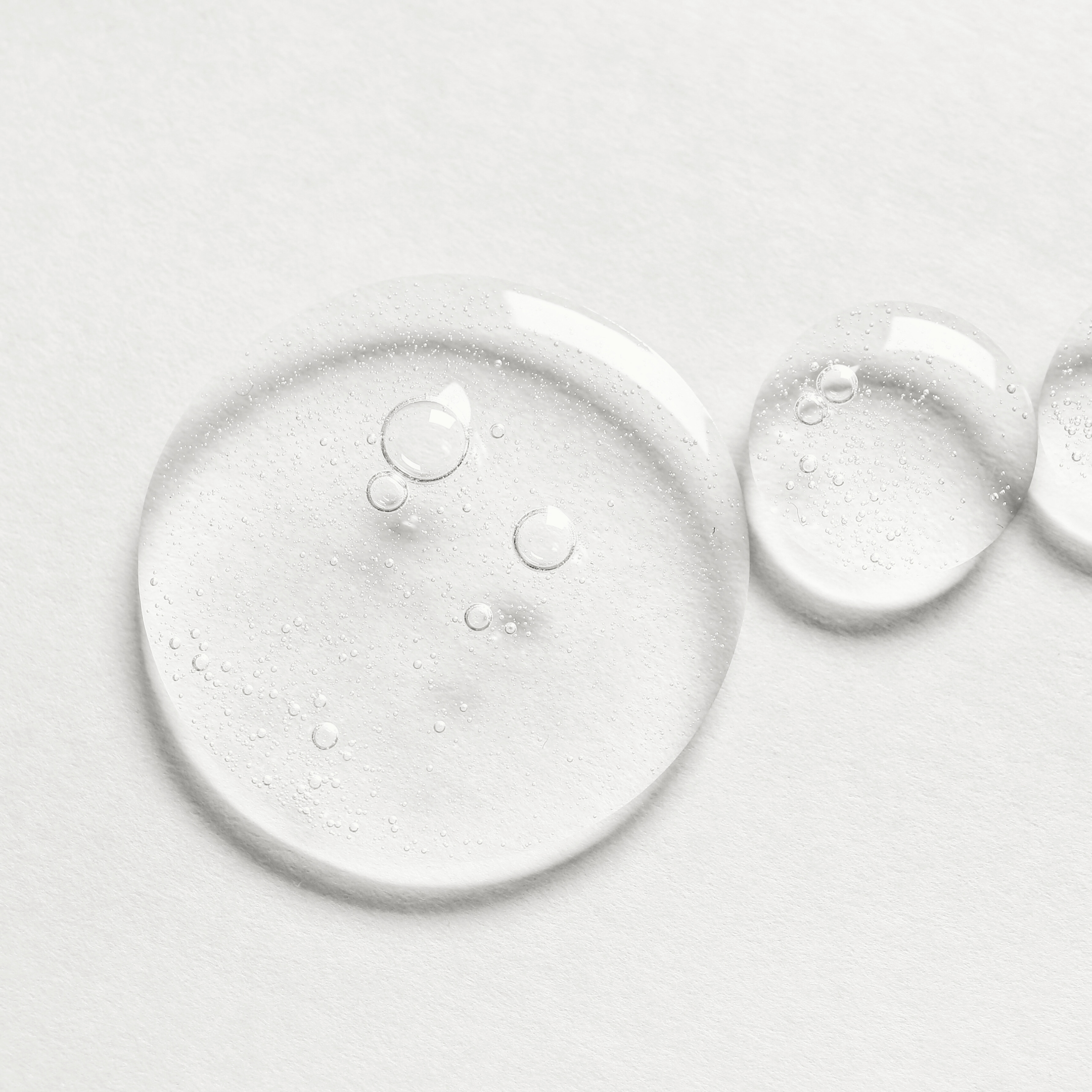Date: 15/07/2025
Peptides: The Building Blocks of Youthful, Resilient Skin
In the world of advanced skincare, peptides are the quiet architects of transformation. These small but mighty amino acid chains play a vital role in skin structure, signaling, and rejuvenation. With powerful scientific backing and unparalleled versatility, peptides have become essential tools in the pursuit of firm, smooth, and youthful-looking skin.

What Are Peptides?
Peptides are short chains of amino acids—the fundamental components of proteins like collagen, elastin, and keratin. These proteins are crucial for maintaining the skin’s firmness, elasticity, and overall structural integrity. As we age, the body produces fewer peptides, leading to wrinkles, sagging, and dullness (Pickart & Margolina, 2018).
Topically applied peptides mimic natural signaling molecules, instructing skin cells to boost collagen production, enhance repair, and reduce inflammation. Unlike larger proteins, peptides are small enough to penetrate the skin barrier and deliver targeted benefits at the cellular level (Lodén & Maibach, 2012).
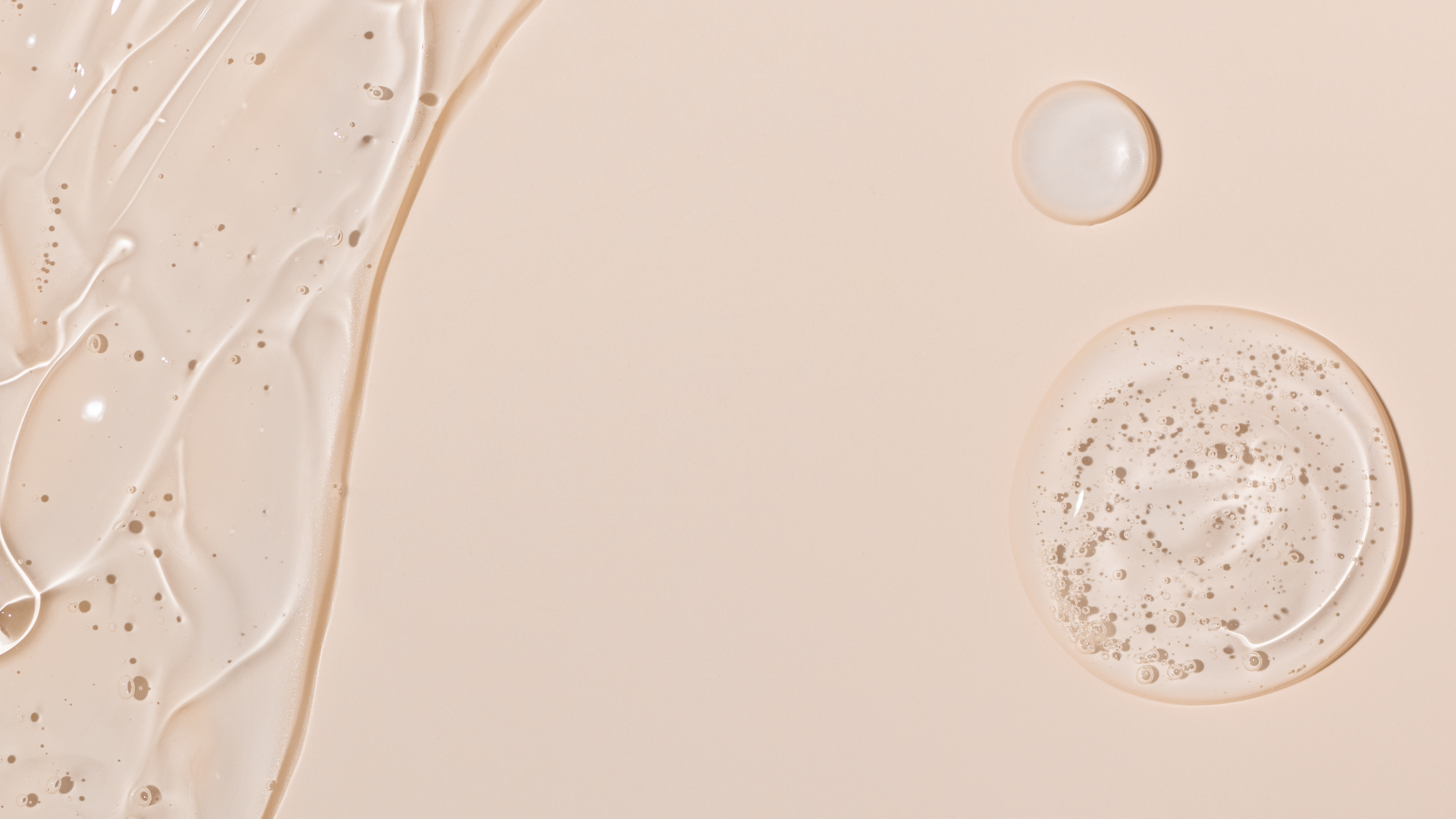
Proven Skin Benefits
Scientific studies have shown that specific peptides can significantly reduce fine lines and wrinkles, improve skin texture, and enhance hydration. For instance, matrixyl (palmitoyl pentapeptide-4) and copper peptides have demonstrated collagen-stimulating properties and wound-healing benefits (Watson et al., 2009). Argireline (acetyl hexapeptide-8), sometimes dubbed "Botox in a bottle," can help relax facial tension and smooth expression lines without injections (Blanes-Mira et al., 2002).
Moreover, peptides help support the skin barrier, making them ideal for use in post-inflammatory or sensitized skin. Some bioactive peptides also exhibit antioxidant, antimicrobial, and pigment-regulating properties, further enhancing their relevance in modern skincare (Choi et al., 2014).
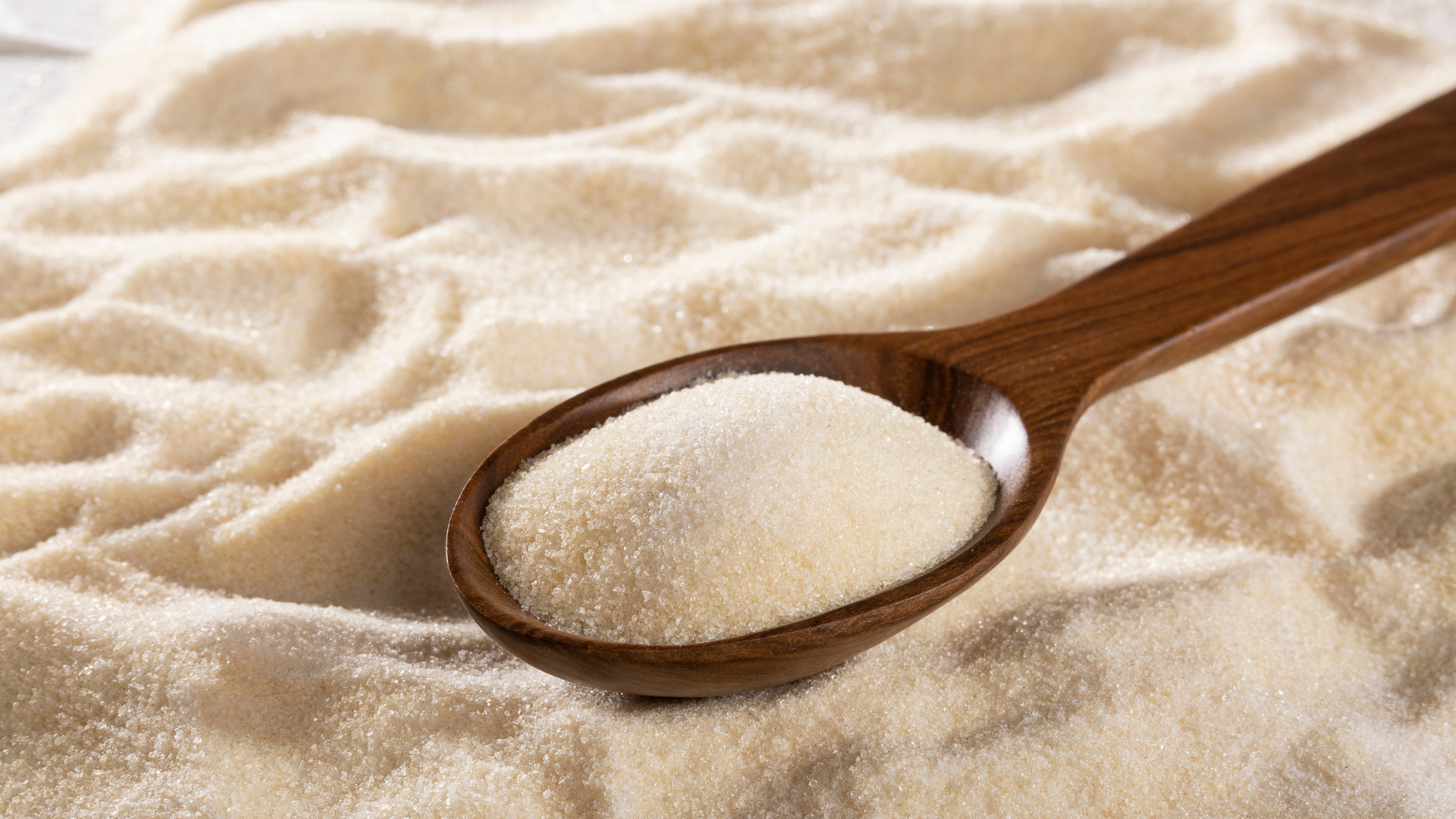
Safe, Smart, and Stable
Peptides are generally well-tolerated by all skin types and compatible with other actives like niacinamide, hyaluronic acid, ceramides, and retinoids. They offer a non-irritating alternative for those who may not tolerate stronger resurfacing agents. Advances in formulation science have also allowed for encapsulation and stabilization techniques that enhance peptide delivery and longevity (Bos & Meinardi, 2000).
PureNeem’s Strategic Use of Peptides
At PureNeem, peptides are a cornerstone of our intelligent beauty formulations. You’ll find them in our Rejuvence Anti-Aging Moisturiser, Amra Body Balm, and Mucina Cream, where they work synergistically with Ayurvedic extracts, antioxidants, and hydrators to visibly firm, repair, and revitalize the skin. For us, peptides are more than just trend-worthy—they’re a proven, science-backed tool for long-term skin resilience and renewal.
Peptides in Action: Explore Our Formulations
References
- Pickart, L., & Margolina, A. (2018). Regenerative and protective actions of the GHK-cu peptide in the light of the new gene data. International Journal of Molecular Sciences, 19(7), 1987.
- Lodén, M., & Maibach, H. I. (2012). Treatment of dry skin syndrome: The art and science of moisturizers. Springer Science & Business Media.
- Watson, R. E. B., Ogden, S., Cotterell, L. F., Bowden, J. J., & Griffiths, C. E. M. (2009). A cosmetic "antiaging" product improves photoaged skin: A double-blind, randomized controlled trial. British Journal of Dermatology, 161(2), 419–426.
- Blanes-Mira, C., Clemente, J., Jodas, G., Gil, A., Fernández-Ballester, G., Ponsati, B., ... & Ferrer-Montiel, A. (2002). A synthetic hexapeptide (Argireline) with antiwrinkle activity. International Journal of Cosmetic Science, 24(5), 303–310.
- Choi, S. Y., Ko, E. J., Lee, Y. H., Kim, B. G., Shin, H. J., & Seo, D. B. (2014). Anti-wrinkle and skin-whitening effects of peptides isolated from soybean. Food & Nutrition Research, 58(1), 23932.

